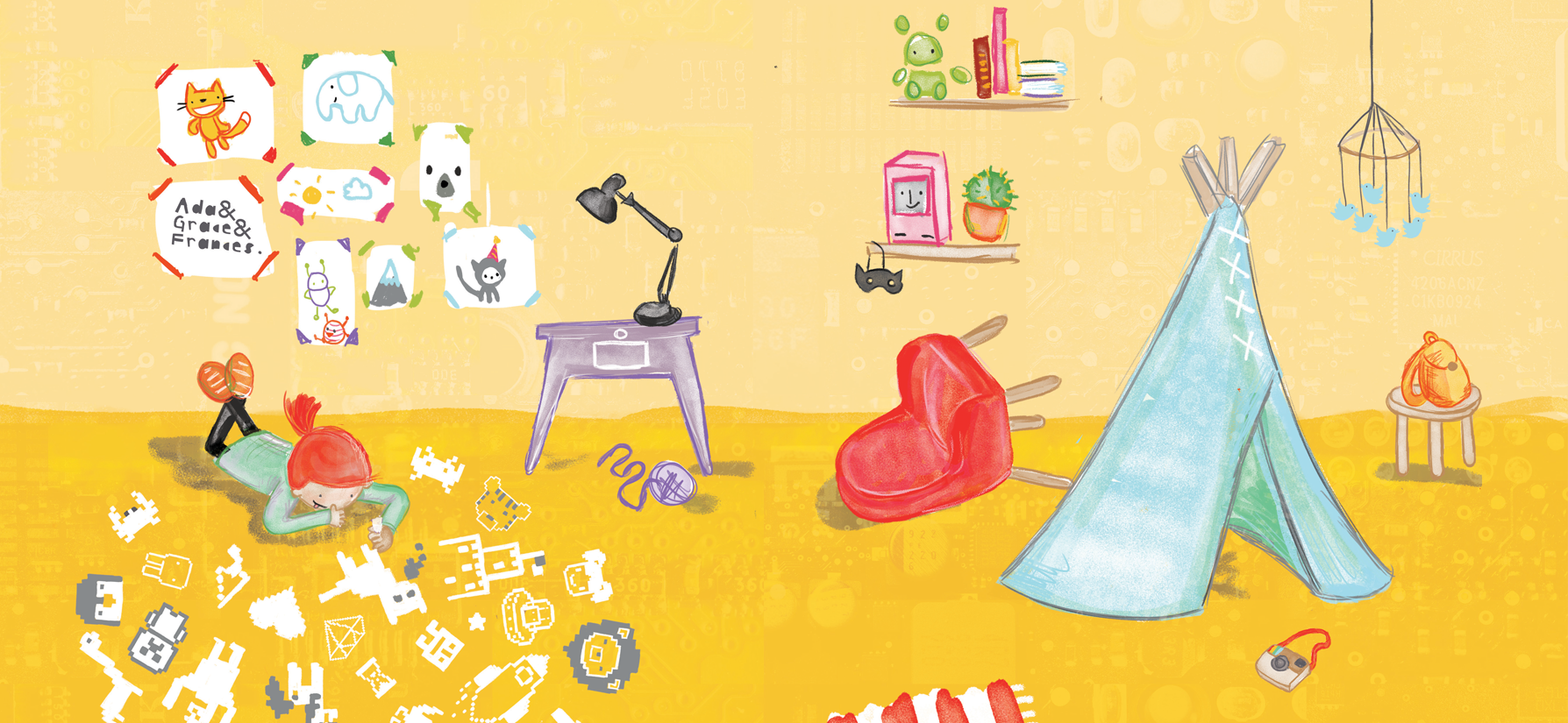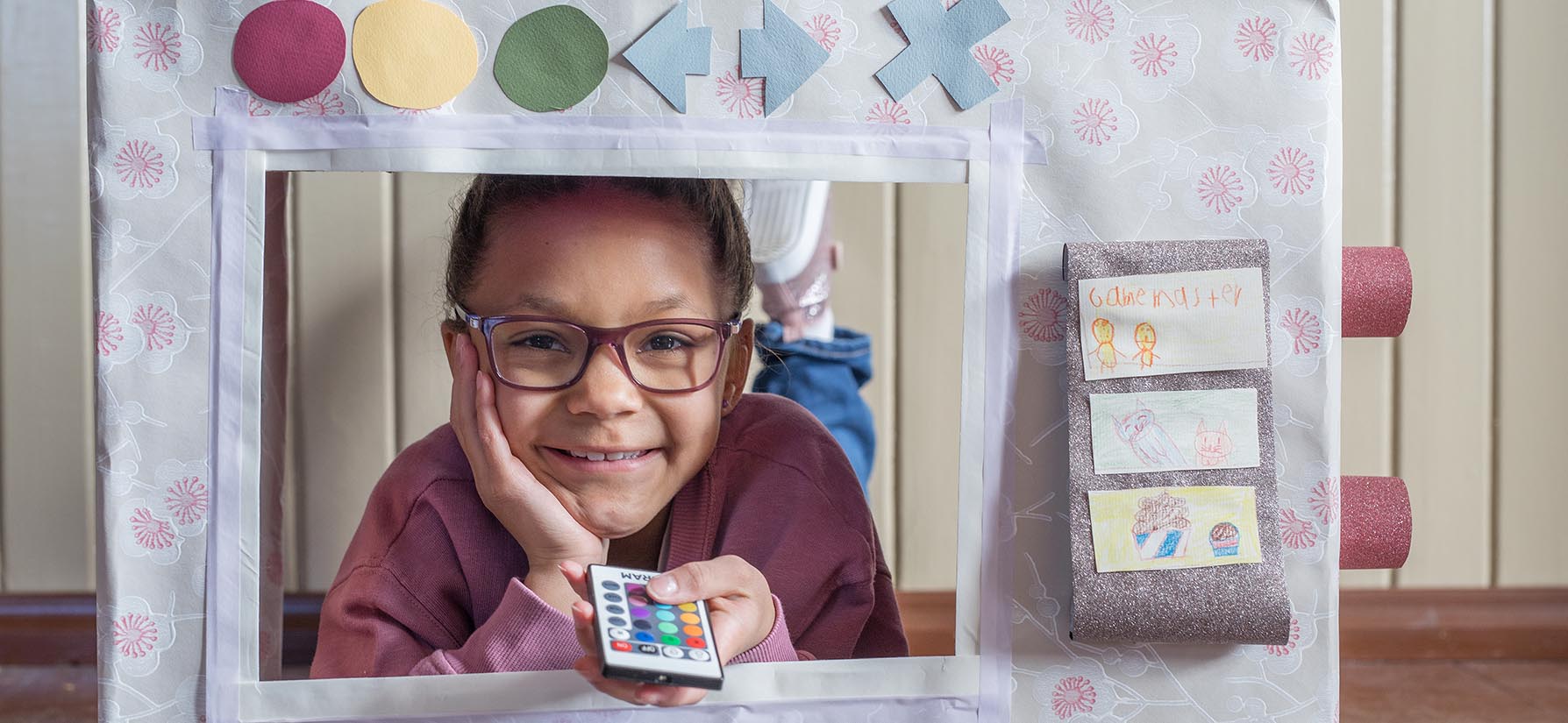
Hello Ruby
A children’s storybook series and a philosophy around how we teach computing.
The Beginning
Ruby is a small girl with a huge imagination. She solves problems, builds things, and asks questions that adults sometimes forget to ask.
Hello Ruby started not as a product, but as a provocation: what if the interface to computing was a storybook? In 2014, I launched the project on Kickstarter. I hoped to raise $10,000. We raised $380,000. It turned out the world was ready for a new narrative about technology, one that was playful, gentle, and designed for small hands.
In an era where technology feels opaque and untouchable, Hello Ruby opens a tiny door. It invites children to become not just users of computers, but thinkers, critics, and storytellers of technology. Hello Ruby is not about turning kids into coders. It’s about helping them think clearly, imagine wildly, and understand the invisible rules shaping their world. It treats computer science not as a skill, but as a literacy.
- Published in almost 40 languages, from Japanese to Farsi
- Used in museums, embassies, libraries, and classrooms in over 40 countries
- Featured in TED, Wired, The Guardian, TechCrunch, and more
- A few personal favorite activities: What's Inside a Computer?, My First Computer, What do Computer Scientists think about?, Toothbrushing Algorithm, Who's Who?, Estimation

The Books
Hello Ruby is a modular world. Each book is self-contained, but all form a growing pedagogical and artistic universe.
- Adventures in Coding (2015): introduces the basics of computational thinking and programming logic
- Journey Inside the Computer (2016): a tour of computer hardware from Ruby’s perspective
- Expedition to the Internet (2017): teaches protocols, networks, and digital citizenship
- Robot's first day of school (2018): asks how machines learn, and what makes us human
- Hello Ruby: A very big computing adventure (2020): an updated bind-up version of all four books
Formats & Ecosystem
- Printable free activities for schools and parents
- A free, open-ended educator’s guide
- One minute videos exploring the world of computer science through hands-on activities
Pedagogical DNA

The books are illustrated in a warm, hand-drawn style that invites both children and grownups in. Each story is paired with playful activities that stretch the concepts beyond the page into kitchens, playgrounds, and classrooms.
- Constructivism (Papert): Children learn by building
- Montessori & Reggio Emilia: Hands-on, sensory-rich experiences
- Storytelling: Every concept is embedded in narrative
- Systems thinking: Computing is seen as cultural, ethical, material